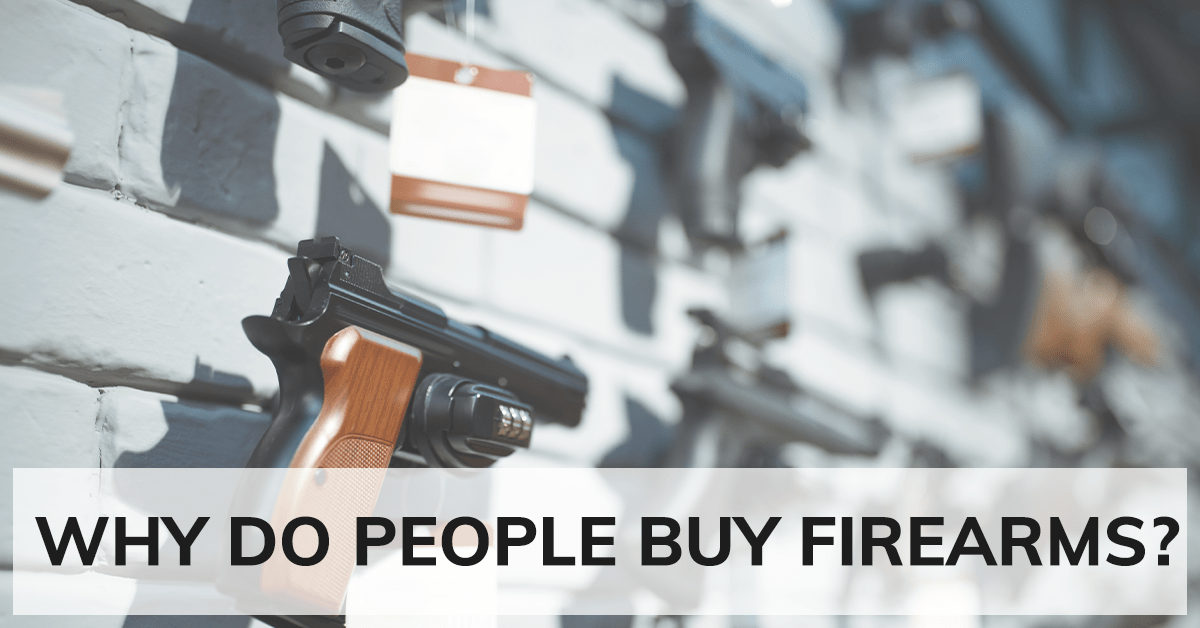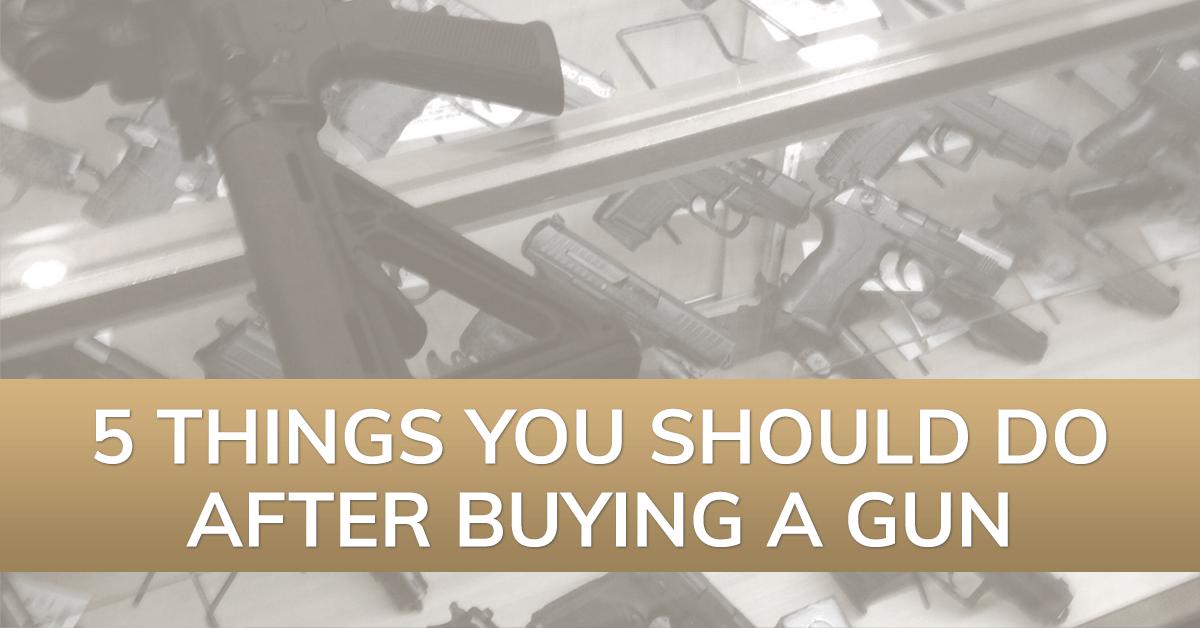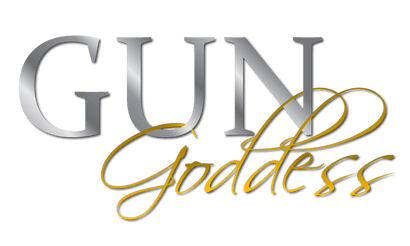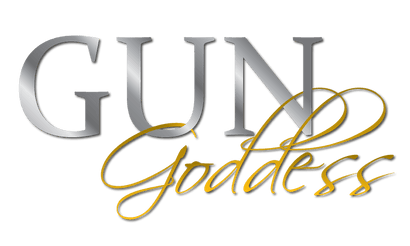Orders Over $100 Ship FREE (USA)!
Orders Over $100 Ship FREE (USA)!
CONCEALED CARRY
(Apparel with holster pockets or concealed-carry features)
PARTS & GEAR
RANGE STYLE
Gift shopping & not sure about size or style? Give a gift card instead!
GIFT IDEAS
EXPLORE
BFCM Sale 20% Off every item! EXTENDED
Black Friday & Cyber Monday EXTENDED: Indulge in Luxury, Pay Less.
Big Guns and Little Guns: Which One Should You Choose?
3 min read
When you're shopping for a handgun, there are many different aspects of a firearm that come into play. For example, small framed guns are great for concealed carry, but not much fun to shoot. And if you do not like shooting it, you likely will not practice with it as much as you should. Large frame guns can look big and intimidating and some of them are not very concealable.
What should you look for when you're trying to choose the "right" firearm? The answer to that question depends on your purpose for that gun.
But as for size…it does matter.
Small Handguns
The biggest perk for a small handgun is that it is easy and versatile to conceal, fitting in a bra holster, an ankle holster or appendix carry holster with ease. But there are some drawbacks to the small frame handgun that gun shoppers should be aware of.
For example, many of the micro-guns have low profile type sights. This is important to a carry situation as they are less likely to snag clothing or get hung up somewhere inconvenient. When it comes to learning and practicing fundamentals such as sight alignment/sight picture, the low-profile sights are hard to see and hard to line up.
With a smaller firearm, the perceived recoil is sometimes greater. It is not unusual to hear that shooters do not like to shoot their small gun very often because it leaves them feeling “beat up.” Part of the problem with managing recoil on a smaller firearm occurs because of the small grip so there is less to hold on to.
Although shooters with small hands often turn to a subcompact because of the small grip, the subcompact or micro-compact gun often means that at least your pinkie finger will have to hang off the bottom of the grip.
Another consideration for small handguns is the number of rounds they hold. Round count in a small gun is generally limited to less than 10 and often more like 6 or 7.
Full-Size Handguns
A big firearm might seem a little intimidating and it’s easy to get caught up in “the bigger the firearm, the bigger the boom” type thinking. In reality, a larger firearm has less felt recoil.
However, large handguns can be difficult to conceal without making some changes to wardrobe and carry preference. For ladies, they are not going to fit in a bra holster or a corset holster and they will weigh down a purse if you carry off-body. Full-size handguns are generally heavier, which is great for perceived recoil but not as great for concealed carry.
Full-size handguns do have a distinct advantage in the training department. A full grip helps develop good habits for drawing and shooting and it's easier to develop good sight alignment and sight picture habits. Figuring out what a good sight picture looks like is much easier with a bigger firearm with bigger sights and if you are taking a lengthy firearms course, a full-size handgun usually means less fatigue in your hands due to less perceived recoil.
For home defense situations, people like to have the largest frame, highest caliber they can, making the full-size firearm a good nightstand gun (properly secured, of course). With a full-size firearm, you get a higher round count per magazine. While you are limited to less than 10 rounds in a small gun, a larger magazine holds almost double that.
A larger grip may make it difficult for shooters with small hands to reach the trigger or the magazine release, but many full-size firearms are sold with variable size grip inserts for a more custom fit.
Size does matter when it comes to handguns–there is no one size fits all and deciding what size you like best depends on the purpose of the purchase.
Large handguns are an excellent choice for learning to shoot, taking professional training, entering competitions and practicing fundamentals. Smaller handguns are an excellent choice for concealment or when you want to carry more than one at a time.
Perhaps the best choice is one of each!
Also in Getting Started: Choosing a Gun & Accessories

The GunGoddess 2024 Gift Guide: Must-Have Essentials for Any Gun Owner
3 min read

Why Do People Buy Firearms?
3 min read

5 Things You Should Do After Buying a Gun
3 min read

